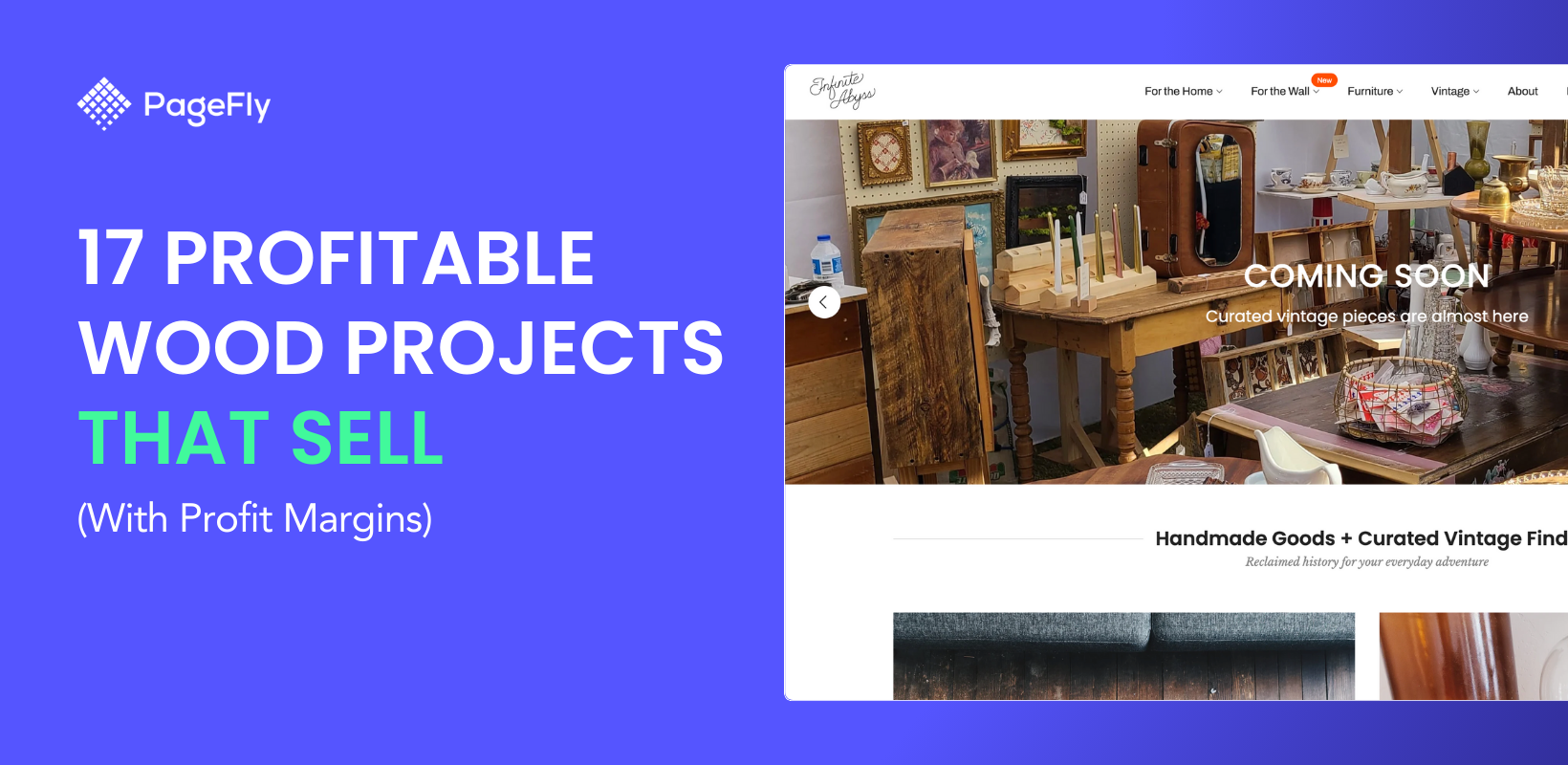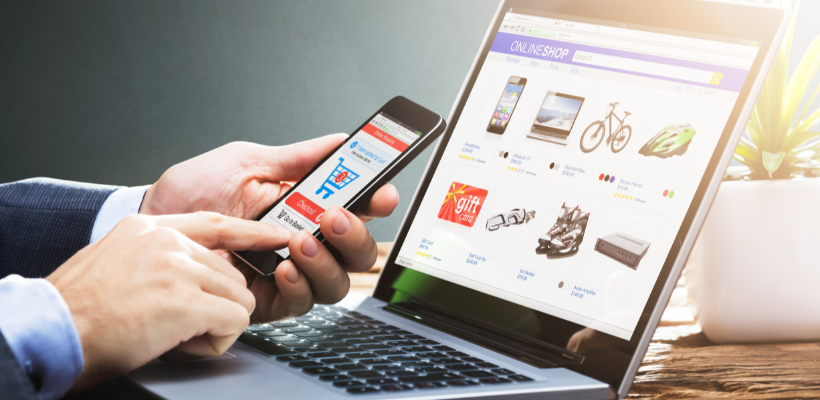In this article, we will be creating a lean canvas example from scratch so you can learn how to apply it in creating your own lean canvas to validate your business idea.
But before that, we will define the key components of the lean canvas methodology, enumerate its benefits, and analyze the lean canvas of global companies.
So, if you are a savvy entrepreneur who has a revolutionary idea, the lean canvas is a godsend in your planning process to help you minimize risks, save time and money, and pivot your idea if needed.
Outline
- What Is A Lean Canvas?
- Tips In Completing The Lean Canvas
- Lean Canvas Examples Of Global Companies
- Now, Let’s Create A Lean Canvas Example
- Your Turn To Try The Lean Canvas
What Is A Lean Canvas?
The lean canvas methodology is a strategic management tool introduced by Ash Maurya that aims to simplify the delivery of new product concepts. It is a single-page, visual representation of an idea highlighting the:
- Problem or problems it solve
- Solution it presents
- Challenges it might face
- Ideal customers, and
- How it will generate income
Whether you’re launching a new ecommerce business or creating a website for your new product, the lean canvas eliminates the tedious, time-consuming, and sometimes expensive process of creating a business plan for your idea. This speedy process lets you validate if there is a demand for your creation
It simplifies the business idea into a scannable piece of paper that can be read in just a few minutes or presented to investors. Think of an elevator pitch – you only have 30 seconds to prove your idea, and the lean canvas is the best tool to help you do that.
It aims to prove if the idea will be a success or a failure even before taking any further steps. “Fail early”, as they say, means that entrepreneurs can pivot into a different set of approaches until the idea becomes feasible.
Elements Of Lean Canvas Methodology
Creating a lean startup means being able to develop a product that customers will actually buy or pay for instead of building a business from mere theories.
Other schools of thought playfully define a lean startup as “staying lean” during the ideation stage to save you time, money, and effort in case an idea turns out to be a no-go.
But before we start creating a lean canvas example, we must first define the 12 elements that make up the entire lean canvas methodology. By understanding what these things represent, we will be able to input accurate ideas.
These elements are written in order, so in filling out your lean canvas, make sure that you do so one by one following this sequence.
Here’s a quick explainer as to what these elements mean:
01. Customer Segments

The customer segment is the clear description of your target customers. This is the other reason why your product is created – to serve this group of people.
It is crucial that this comes first because your startup must have a clear definition of your target customers. With a defined customer segment, you can tailor the solutions in your lean canvas.
Say you plan to launch a no-fuss, subscription-based social media app that shows zero ads and does not collect user data. Here is how your customer segment will look like:
- People who don’t like ads in their social media apps
- People who want their personal data safe while using social media
- People who are willing to pay for privacy
02. Early Adopters

Early adopters are a part of customer segments which you think has a very high probability that they will like your value proposition. These are the people you will pitch your product first to validate your idea.
In a social media app with encryption and zero ads, the early adopters could be:
- Company executives
- Celebrities
- Businessmen
03. Problem

These are the roadblocks or challenges your target customers face which calls for the creation of your product. Without the problem, there is no need to create a solution.
In our example, the problems are:
- Users are worried about how much data is collected from them by existing social media apps
- They are anxious that their privacy is violated
- There is no existing social media app that does not collect user data
04. Existing Alternatives

In a world where your product does not exist, what are the means of your customers to solve the problems that they have? Are there any other products in the market that provide a solution similar to what you want to achieve? If yes, list them down here.
05. Unique Value Proposition

The unique value proposition (UVP) of your product is what makes it unique compared to the existing alternatives in the market. It should be compelling enough to persuade positive action from your target customers.
The UVP of our sample app would be “absolute privacy”.
06. High-Level Concept

The high-level concept of your products serves as a “one-line pitch” to investors as well as your target customers.
In our members-only social networking app that has no ads and doesn’t collect user data. The high-level concept can be: “Facebook for very private people”.
07. Solution

This is the core purpose of your product. It must provide an answer to each of the problems of customers listed down in your blank lean canvas.
The solutions that you can offer in our membership social media app are:
- End-to-end encryption of user messages
- No need to grant access to photos, media, etc.
- Zero use of cookies
08. Channels

Your channels are your means to reach your customer segments. It describes how your company can tap into your customer segments to deliver your unique value proposition. In your proposed social media app, your possible channels are: search engines, social media ads, email campaigns.
09. Revenue Structure

Revenue structure or revenue streams describe how your company will monetize the product it created when used by your customer segments.
Going back to Facebook with encryption and zero ads, the possible revenue stream is membership. Some lean canvas templates call this revenue structure
10. Cost Structure

Cost structure is the manner of which your business will incur expenses. Let us use the examples under key metrics (next section) to identify cost structure:
- Smartphone app – IT and development
- Email campaign – Staff and marketing tools
- Membership – Marketing
11. Key Metrics

Key metrics are the parameters you use to measure progress and success. If you are launching a new smartphone app, it can be the number of daily or monthly downloads. If launching an email campaign – the number of customers who open the emails and click on the links. If membership – the number of new daily or monthly subscriptions. And so on.
12. Unfair Advantage

The unfair advantage is the unique attribute of your product that the existing alternatives don’t have. In our Facebook With Encryption And Zero Ads example, the unfair advantage is Absolute Data Privacy.
Lean Canvas Workshop
Now that you know the 12 elements of a lean canvas, watch this workshop to learn how to fill out each one of these elements in your actual lean canvas.
This video tackles the definition and importance of each element of the Lean Canvas. Furthermore, you will have a sample startup idea and it will walk you through the process of filling out the canvas.
Lean Canvas Workshop: Fast and effectively launch your business!
Why Lean Canvas Instead Of A Traditional Business Plan?
The lean canvas proposes a number of compelling reasons as to why startups should use it:
- Using the lean canvas allows better understanding of the customer segments that will help startups deliver a truly solution-oriented product.
- It urges startups to stay ”lean” during the development and research phase in order to minimize potential risks should it be proven that the idea is a failure.
- The lean canvas expedites the process of validating a product idea in order to get from development to execution in a short time.
- The opportunity to fail early allows startups to pivot on their strategies until they figure out what works for them.
- It includes a research-based approach instead of assumptions to validate an idea.
- The lean canvas focuses on cementing a real place in the market for the product that is being developed.
Compared to a traditional business plan that takes too much time and resources to accomplish, a lean canvas can be created in a single seating if an idea pops up. This incredibly simple approach promotes generation of actionable ideas instead of sticking to a main solution that a traditional business plan proposes.
Business Model Canvas Vs. Lean Canvas
The business model canvas and lean canvas are similar in that they aim to summarize an otherwise lengthy document into a single-page summary that is very easy to understand.
Where the two differ is on their focuses and on the things that they want to accomplish. Here are some of their contrasting focus points:
Lean Canvas | Business Model Canvas |
Effectively used when introducing new concepts | Can be used in new and existing concepts |
Focuses on validating a business or product idea | Focuses on profitability |
Gives importance to developing an unfair advantage over other alternatives and capitalizing on that | Provides more importance on gaining long-term customer relationship |
Pays attention to existing competition | Gives more emphasis on things that can be done internally |
Formulating solutions to existing problems as a main product | Highlights key activities as a means to deliver their proposed value |
Uses key metrics to measure success | Uses key resources as means to achieve success |
Tips In Completing The Lean Canvas
Here are some tips that will help you create a validated lean canvas:
01. Collaborate With A Team

You can create the lean canvas alone when you have an idea. However, your output might be biased to your beliefs and logic. When working with a product, it is always better to have other people pitch in their own ideas in order to provide different perspectives.
02. Use Google Trends To Validate Your Idea

Narrow down the benefits of your products to your target customers and research if these are solutions people are looking for. This can be done by using Google Trends. Google Trends is a free tool that is accessible to anyone. It analyzes the volume and popularity of search terms using real-time data.
In doing market research, having an idea about the popularity of your product benefits and unique value proposition will give you an inkling if it is a feasible product to develop or not. Experiment with different search terms when doing your market research.
03. Keep Revising

The first version of your lean canvas will be assumptions. But as you go through your market research and validate each one of them, revise your lean canvas until all assumptions are replaced with validated ideas.
04. Validate Before Moving Further

Resist the temptation to move along with your idea without first having a fully validated lean canvas. At that point, a fully validated lean canvas still does not guarantee success. But it reduces the chance of wasting resources on too many iterations that could have been avoided.
Lean Canvas Examples Of Global Companies
In this section, we will recreate international companies using a blank Lean Canvas, based on our own interpretation and understanding of their main services and the problems they solve.
The first on our list is Facebook. It is a social media giant that allows people to connect with friends, families, and colleagues through their app and website. But more than that, it is also a powerful business tool that allows businesses to tap into their target customers with high accuracy.
We based our lean canvas on Facebook Ads that allows individuals to create highly targeted advertisements to reach their customers.

Airbnb
The next one is Airbnb. We know that Airbnb allows customers, primarily tourists, to book their accommodation ahead of time. Before Airbnb, tourists were limited to hotels with online postings to make advanced bookings. But when Airbnb came, it opened up the bed and breakfast industry for individual property owners to list their properties for lease. In turn, tourists are now given a choice to either book on hotels or other individually-owned properties.
Let us look at their lean canvas from the perspective of providing a solution to tourists.

Foodpanda
Foodpanda is a food delivery platform that allows customers to order food from their favorite restaurant even if that restaurant does not have a delivery service. On the other hand, food services benefit from Foodpanda because they don’t have to invest on logistics to transport their foods to their customers. This also positively affects their sales.

Now, Let’s Create A Lean Canvas Example
Now that you have a deeper understanding on how to complete a lean canvas template, let us apply it to our own product idea.
Let’s say we want to launch a website for writers who want to monetize their blogs on Medium but they are not within the countries allowed by the Medium Partner Program.
Here’s how it looks like:
- Problem
- Writers cannot monetize their Medium blogs because their country, say Philippines, is not included in the Medium Partner Program. They would have to circumvent the rules in order to have their blogs monetized – with the risk of getting banned from the platform.
- They can launch their own website but it requires time and a steep learning curve in creating a website, not to mention the requirements to qualify for Google AdSense. This requirement alone is enough to repel aspiring bloggers.
- Solution
- We will launch a website where these writers can legally register their business in the United States, which is qualified in the Medium Partner Program, so they can have a bank account and legally pay taxes on US soil. They can register on the website remotely.
Now that we have the problem and our proposed solutions, let us now fill out our lean canvas template and complete the other details. We will name our business “ReMonetize”, short for remote monetize.
You can download your blank lean canvas template here.
ReMonetize Lean Canvas
Here’s our finished lean canvas for our business idea ReMonetize.

Remember that since it is the first version, these are mere assumptions and are yet to be validated.
As mentioned in the previous sections, the lean canvas can be used during the trial-and-error stage until all details are validated.
Using the tips we provided in completing the lean canvas, we will now have to validate if the problem truly exists and if people are looking for solutions just like what we are proposing.
After validation, and if the problem truly exists, we can now proceed in creating our product so we can deliver it to our target customer segments.
Your Turn To Try The Lean Canvas
We have now exhausted every part of the lean canvas methodology that is important for you to learn. Furthermore, we have provided some examples by analyzing existing businesses and creating our own business ideas.
Using these insights you can now try applying the lean canvas methodology on your own concept so you can see if there is a need for the product to be created.
In creating your own lean canvas, you can be as detailed as possible until you narrow down your solutions.
Take your time in validating everything before moving further to give yourself a higher chance of launching a product that is primed to success.





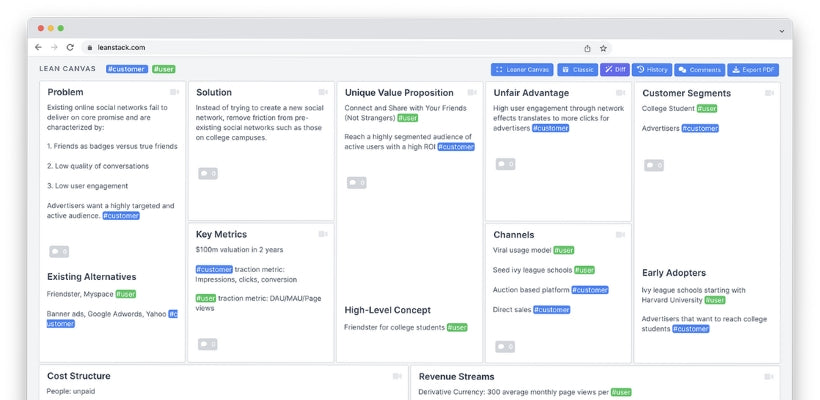

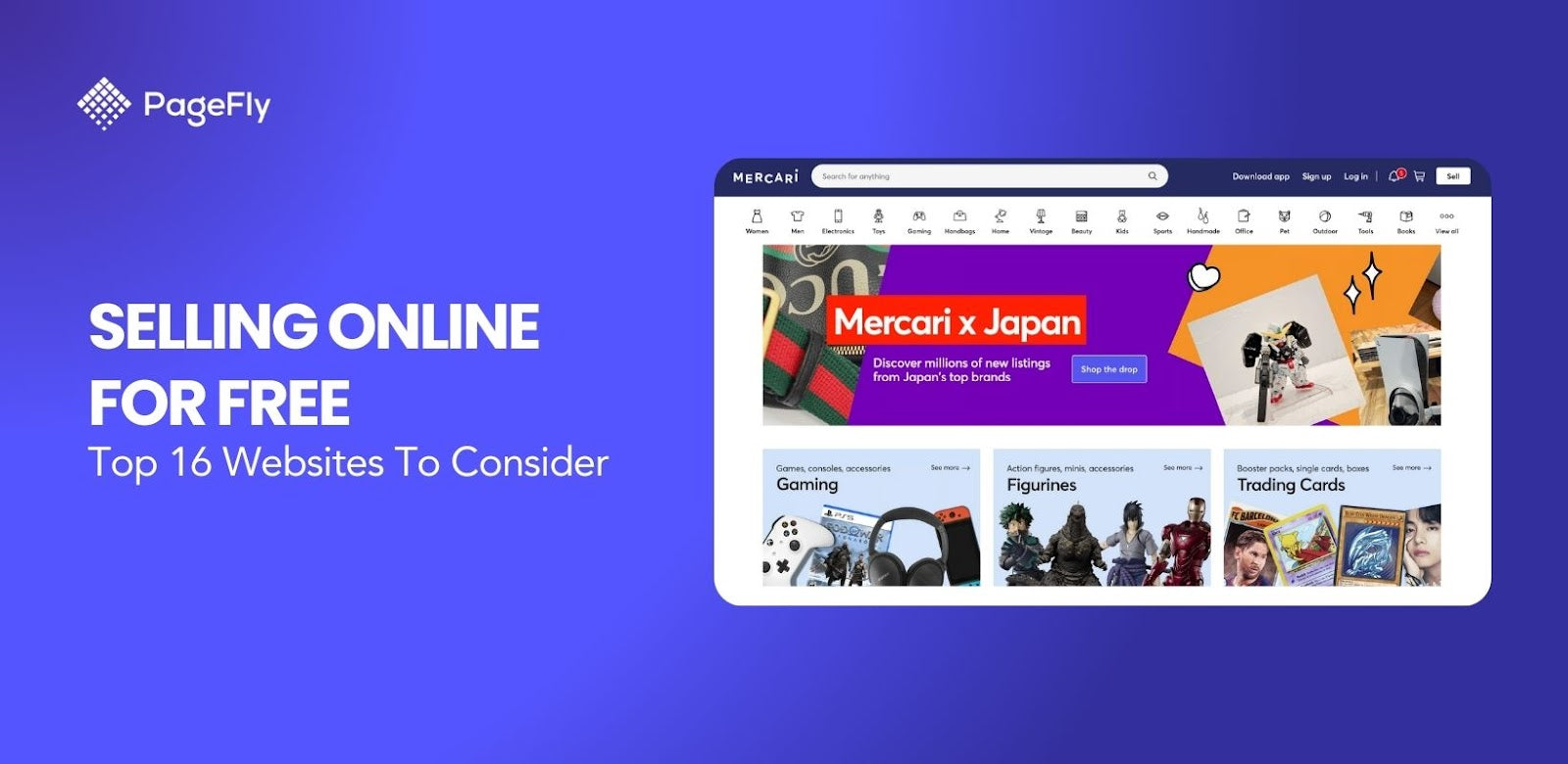
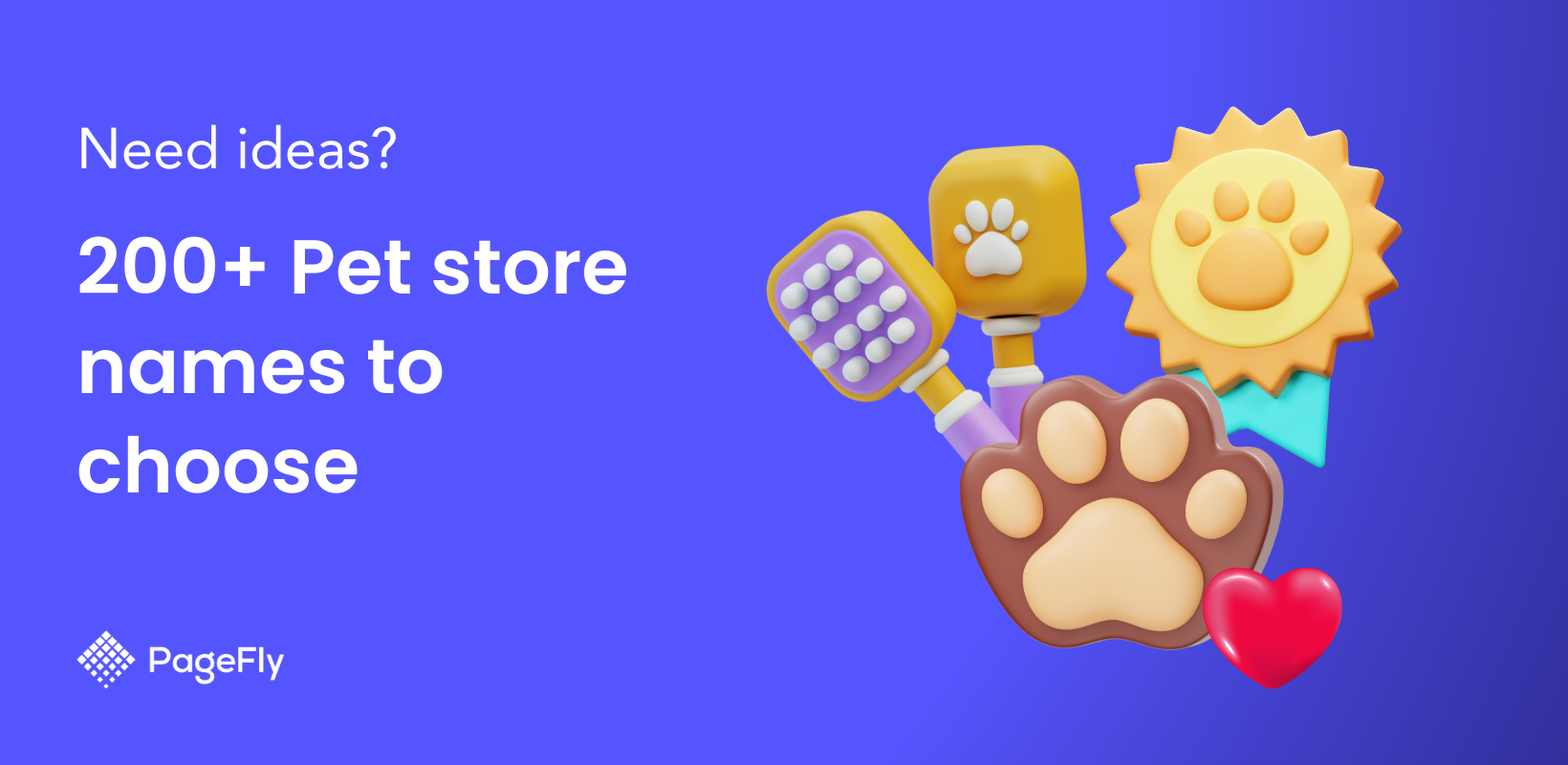
![14 Profitable Small Food Business Ideas for 2025 [Real Numbers]](http://pagefly.io/cdn/shop/articles/1_58b587d2-13db-4aa6-8c19-e40f5c88d3eb.jpg?v=1758255771&width=4460)
![Art Business Names: 350+ Ideas + Free Generator [2025 Updated]](http://pagefly.io/cdn/shop/articles/art_business_name_e94a54e9-d325-4ba3-94ab-7b4297952312.png?v=1760062968&width=1640)


